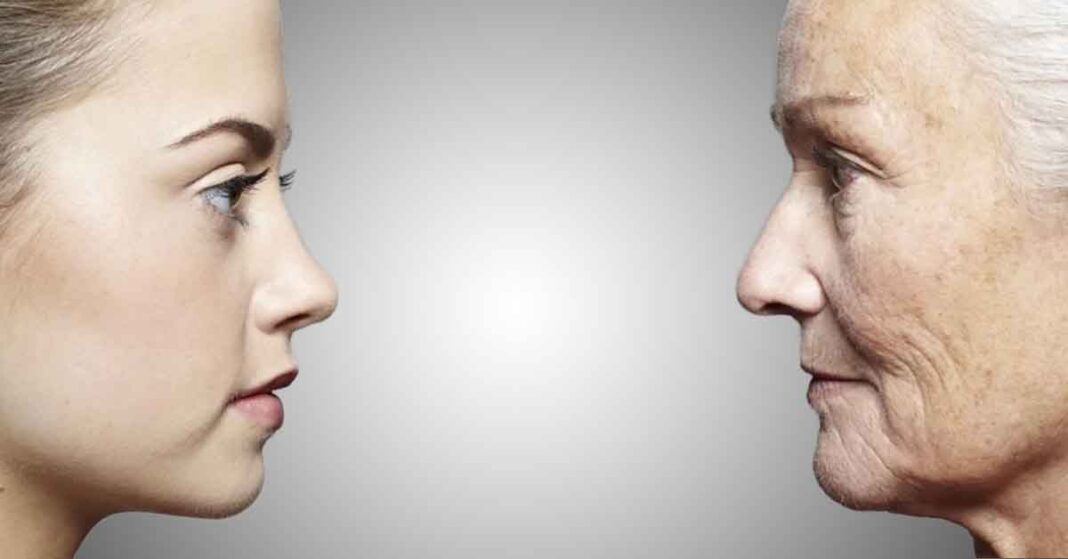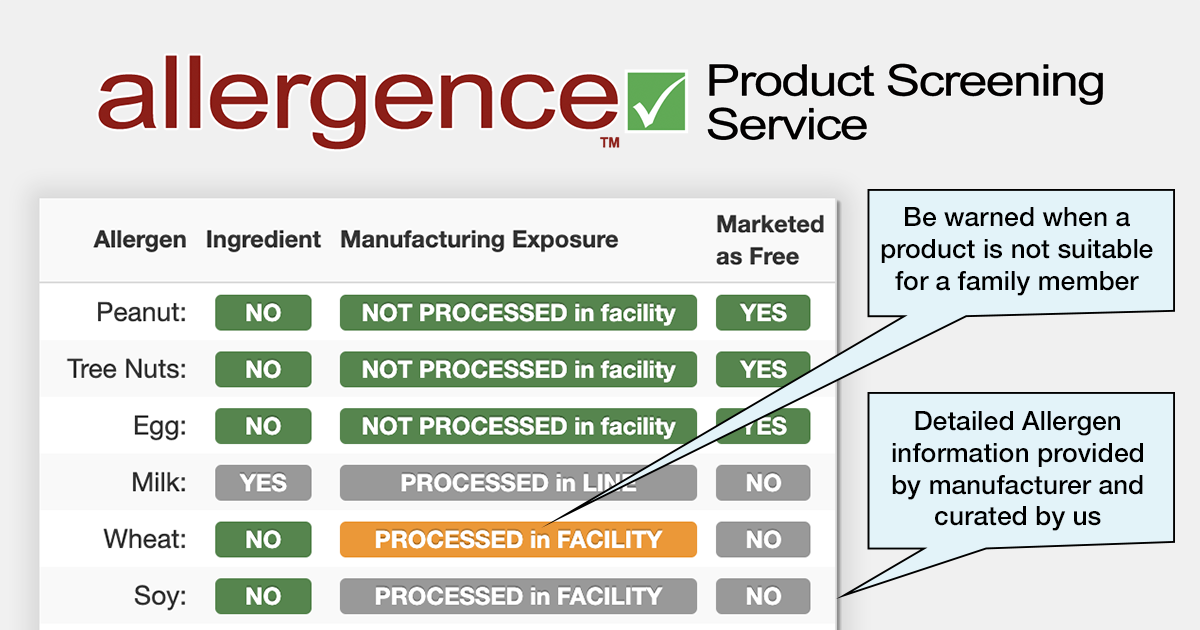A recent study published in The Journal of Allergy and Clinical Immunology: In Practice by researchers from the Mayo Clinic determined that older adults presenting at the emergency department (ED) with anaphylaxis were more likely to be hospitalized than younger adults and were less likely to receive epinephrine from emergency medical services. They also determined that medications or intravenous contrast were more likely to trigger anaphylaxis in older adults.
The researchers examined 1422 ED records from one center between April 2008 and December 2022, comparing outcomes of adults aged 65 and older (212 records, median age 73) to younger adults (1210 records, median age 39).
Older adults were 1.85 times more likely to be triggered by medications and 2.50 times more likely to be triggered by IV contrast, while less than half as likely (0.41 times) to be triggered by food.
Older adults were also 2.56 times more likely to arrive via EMS but less than half as likely (0.46 times) to receive EMS-administered epinephrine as the younger cohort.
Severe anaphylaxis involving endotracheal intubation; admission to the hospital or ICU; or syncope, hypotension, or hypoxemia was 1.57 times more likely in older patients.
The authors concluded that:
Improved education is needed to enhance anaphylaxis recognition and timely epinephrine use in older adults. Given their higher risk of severe reactions, multidisciplinary guidelines should support proper outpatient follow-up and self-injectable epinephrine prescriptions after ED visits or hospitalization.





